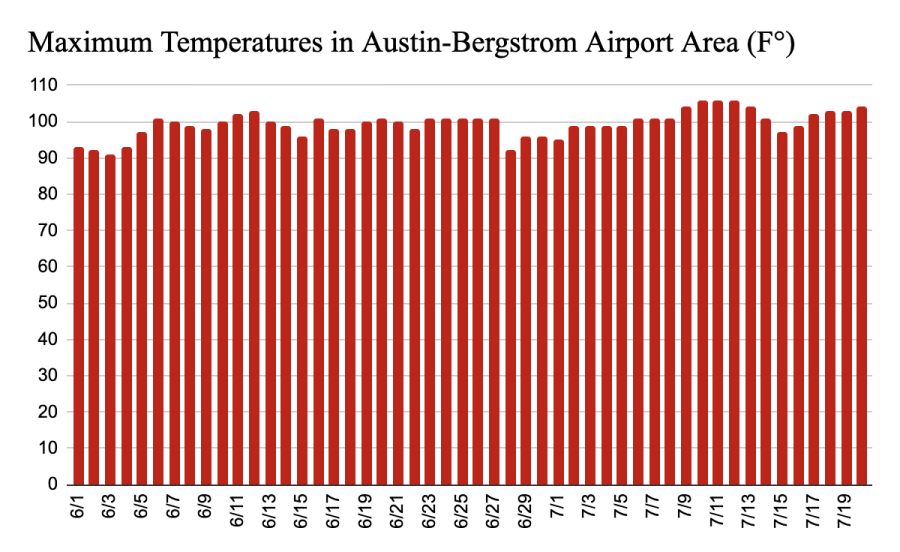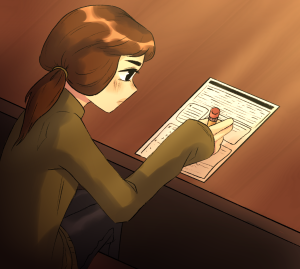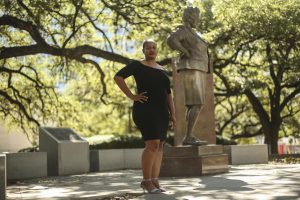It’s hot. Austin’s growing urbanization makes it worse.
July 21, 2022
May and June were the hottest months on record, according to the National Weather Service. And it hasn’t stopped, with the hottest seven days in a row on record taking place from July 7-13.
Along with a changing climate, these temperatures can be partly attributed to the fact that 2022 is a La Niña year, said Dev Niyogi, lab director for the UT Extreme Weather and Urban Sustainability Lab. La Niña is a climate pattern that occurs every two to seven years and lasts for nine to 12 months, according to the National Ocean Service. During a La Niña year, the Pacific Ocean cools and there is a decrease in hurricanes, which means less rainfall and more severe droughts, Niyogi said.
“When you have less rain, you have more drought,” Niyogi said. “When you have more drought, you have higher temperatures.”
The unusual duration of the current La Niña pattern — almost two years — has consistently caused less rainfall and dry landscapes, said Kevin Sheth, president of the UT Climate and Meteorology Society.
Though there have been similar heat waves in the past, such as the one in 2011, UT researcher Trevor Brooks said that as climate change worsens, it will cause an increase in the frequency of high temperatures.
Currently, Austin has had over 40 days where the temperature was at least 100, which is more than had been experienced by this time in 2011.
“I think we’re expecting more of those anomalies to increase in frequency as climate change gets worse,” Brooks said. “What we’re experiencing isn’t unprecedented, and will actually probably become a lot more common as time goes on.”
The heat is exacerbated in Austin because it’s considered a “heat island,” where the dense population causes it to feel hotter.
“Urban heat island is defined as the temperature differences between the urban area and the surrounding rural area,” said Samuel Fung, a Ph.D. candidate studying geological sciences. “What causes this kind of heat structure is usually … several factors, like building structures, or sometimes human activities like transportation.”
The City of Austin has developed a number of strategies to lessen the heat island effect, UT researcher Simone McFarlane said.
“(Austin’s) making great advancements with transportation with more extensive bus lines, more frequent buses, also urban trails to increase biking and … green corridors,” McFarlane said. “We don’t always have to get in a car to get from places because as the city grows bigger, that’s less feasible.”
Niyogi said cities are like a “living entity” and as they grow, equivalent to someone exercising, which causes it to get hotter. He said community members need to have a conversation with elected officials to begin working on solutions to combat the rising temperatures.
“If Austin continues to grow the way it is,” Niyogi said, “we can expect our temperatures to continue to increase unless we do something about it.”
















